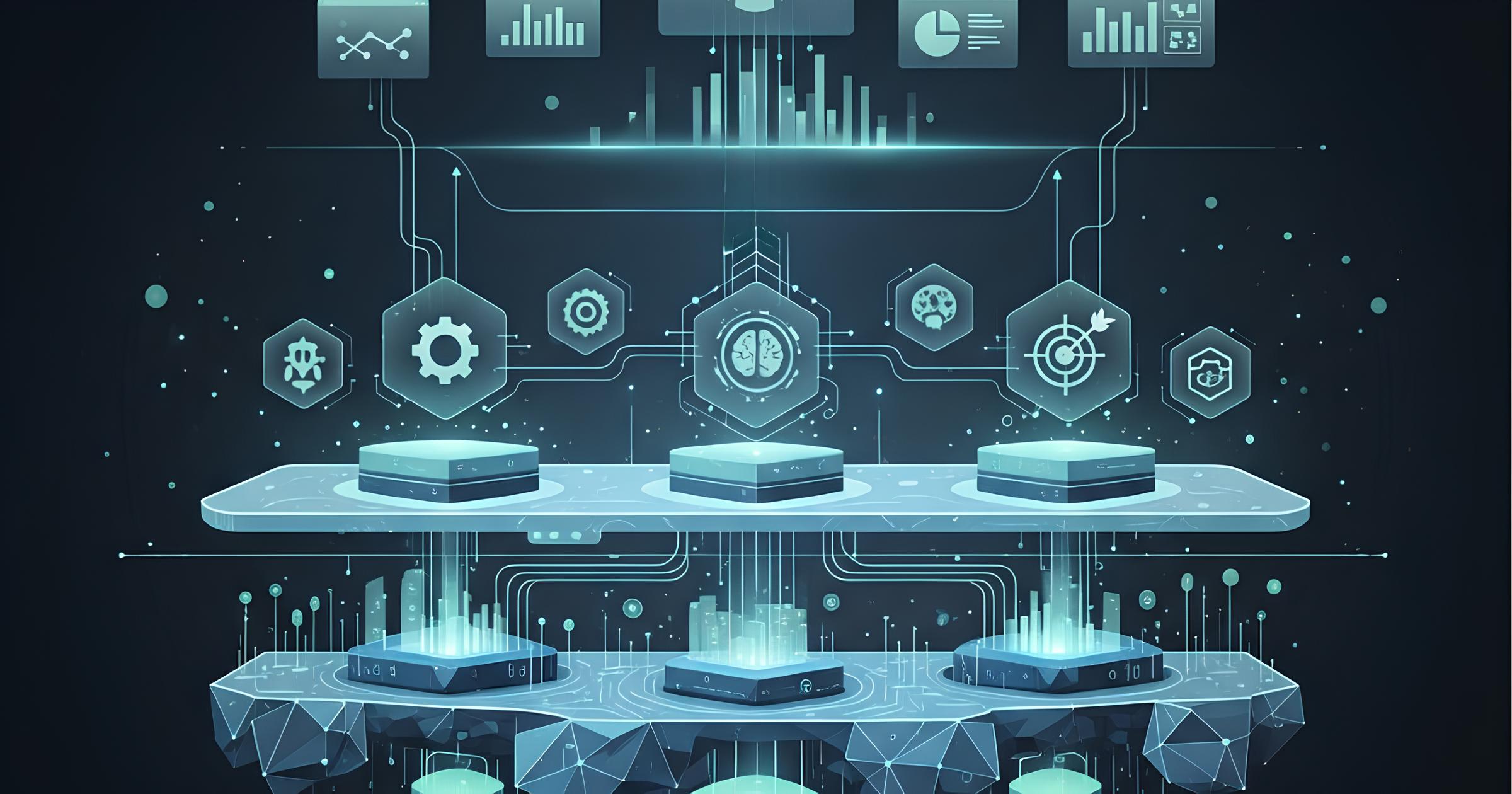Artificial Intelligence is no longer just about chatbots, image classifiers, or recommendation systems. The field is evolving toward something more powerful – AI Agents. They’re autonomous software entities that can plan, act, adapt, and learn. They don’t just respond to prompts, they make decisions, execute tasks, and improve through experience. Done right, they represent a fundamental shift in how businesses can operate in a digital-first world.
From Monolithic Models to Compound AI Systems
For years, AI progress was powered by monolithic models – large systems trained on vast datasets. While they were groundbreaking, their rigidity was a limitation. Adding new data or adapting to new requirements usually meant expensive retraining, slowing innovation.

Compound AI systems. Instead of relying on one massive model, these systems combine multiple modular components: LLMs, verification engines, databases, calculators, APIs, and more. The result is flexibility and scalability – you can swap out or upgrade parts without disrupting the entire system.
This modular approach sets the stage for AI agents, which leverage these components in dynamic, goal-driven ways.
Human Logic Meets Machine Logic
Compound systems can be controlled in two ways:
- Pragmatic Logic: Human experts define the rules and workflows.
- AI Logic: Agents themselves design and adapt the logic, choosing the right tools and strategies on the fly.
The second approach is what unlocks true agentic behavior, machines that not only follow instructions but also figure out how to achieve objectives.
AI Agents vs. LLMs: A Quantum Leap
Large Language Models (LLMs) like ChatGPT, Claude, and Gemini have already transformed industries, excelling at tasks like customer support, research, and summarization. But here’s the catch, LLMs are static. They only know what they were trained on, and they don’t interact with the world directly.
AI Agents take it further. They use LLMs as a brain, but they also connect to external systems, access real-time data, and act. Instead of stopping at information processing, they close the loop with decision-making and execution.
How AI Agents Work? A Step-by-Step View
Think of AI agents as sophisticated problem-solvers. Their workflow looks like this:
- Understand the Objective – Define the goal.
- Plan the Execution – Break it into manageable tasks.
- Interact with the World – Access tools, databases, APIs, or the web.
- Execute – Carry out the plan, adapting as new information comes in.
- Store Knowledge – Retain insights in memory for future use.
- Observe & Iterate – Refine approaches based on outcomes.
- Act with Confidence – Deliver answers or decisions.
- Learn from Experience – Improve continuously over time.
A Real-World Example: Banking Onboarding Reimagined
To see how this works in practice, let’s look at a banking customer onboarding process:
- Application Submission – A customer applies online, uploading documents.
- Document Intake – An AI agent classifies files (PDFs, scans, images) and checks completeness.
- Data Extraction & Validation – Structured data is pulled and verified against internal systems and external sources.
- Principal Agent Orchestration – A master agent oversees the process, delegating to domain-specific agents.
- A risk analysis agent builds a customer profile.
- A sanctions screening agent checks global watchlists.
- A compliance agent ensures AML/KYC alignment.
- Task-Level Execution – Sub-agents handle document validation, due diligence, and fraud checks.
- Decisioning – Based on thresholds, the principal agent decides whether to approve automatically, request more documents, or escalate.
- Human-in-the-Loop – Complex cases are flagged for human analysts, maintaining accountability.
- Outcome Delivery – Final onboarding is confirmed, CRM updated, and communication sent.
- Learning & Feedback – The system improves with each case, especially from edge cases.
This layered orchestration – principal agent, service agents, task agents – illustrates how AI agentic systems can transform what used to be a highly manual, error-prone process into something faster, safer, and scalable.
Managing Risks: Why Humans Still Matter
Even though AI agents are autonomous, they are not set-and-forget tools. Human oversight remains crucial to:
- Ensure compliance with regulations
- Monitor ethical risks and bias
- Intervene in edge cases or sensitive decisions
The future is not about replacing humans, but about augmenting them. AI agents can handle scale and speed, while humans provide judgment and accountability.
The Road Ahead
AI agents are more than a technical upgrade – they represent a paradigm shift in automation and intelligence. As they evolve, we’ll see:
- Businesses adapting faster to market and regulatory changes
- Personalized services delivered at a massive scale
- Entire ecosystems of specialized agents collaborating across industries
In short: AI agents aren’t just the future of AI, they’re the future of work itself.
UHURA IS AN AI PLATFORM THAT READS AND UNDERSTANDS COMPLEX DOCUMENTS JUST AS HUMANS DO. WE HELP BUSINESSES SPEED UP THE REVIEW AND DECISION-MAKING PROCESSES BY USING AI TO UNCOVER VALUABLE INSIGHTS FROM DOCUMENTS, REPORTS, CONTRACTS AND AGREEMENTS. WE USE CUTTING-EDGE AI, INCLUDING IMAGE PROCESSING, NATURAL LANGUAGE PROCESSING AND MACHINE LEARNING TECHNOLOGY, TO BRING UNPRECEDENTED ACCURACY AND SHORTEN DOCUMENT PROCESSING TIME FROM HOURS TO SECONDS
